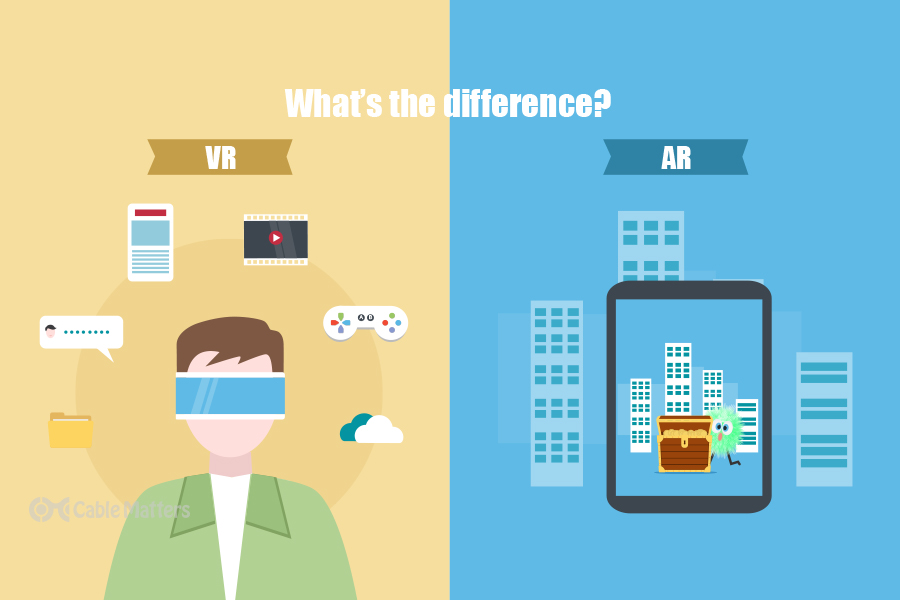As technology continues to evolve, we are seeing more and more advanced ways of interacting with digital content. Two of the most popular technologies in this space are augmented reality (AR) and virtual reality (VR). While both technologies have their benefits, we believe that AR is better than VR. Here's why.
AR is More Accessible
One of the biggest advantages of AR over VR is that it is more accessible. AR can be experienced using a simple smartphone or tablet, whereas VR typically requires a more expensive and specialized headset. This means that AR can reach a much wider audience and can be used in a variety of settings, from education and healthcare to entertainment and retail.
AR is More Engaging
Another advantage of AR is that it is more engaging than VR. While VR creates a completely immersive digital world, it can also be isolating and disorienting. AR, on the other hand, enhances the real world with digital content, allowing users to interact with both the physical and virtual worlds at the same time. This makes AR more social and collaborative, allowing users to share their experiences with others.
AR is More Practical
AR is also more practical than VR. While VR is great for gaming and immersive experiences, it is less useful in practical applications. AR, on the other hand, has numerous applications in fields such as education, healthcare, and business. For example, AR can be used to enhance medical training by providing real-time visual information during procedures. AR can also be used in education to provide interactive visual aids and simulations.
AR is More Future-Proof
Finally, AR is more future-proof than VR. While VR is limited to creating immersive digital worlds, AR has the potential to revolutionize the way we interact with the real world. With advancements in computer vision, machine learning, and other technologies, AR has the potential to create completely seamless blends between the physical and virtual worlds. This means that AR has a much broader range of potential applications than VR.
Conclusion
While both AR and VR have their benefits, we believe that AR is the better technology. AR is more accessible, engaging, practical, and future-proof than VR. As AR continues to evolve, we can expect to see even more exciting applications in fields such as education, healthcare, and business. Whether you're a gamer or a professional, AR has something to offer everyone.








